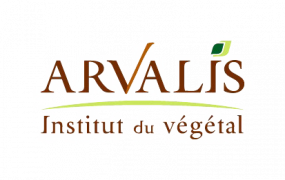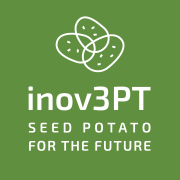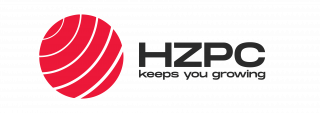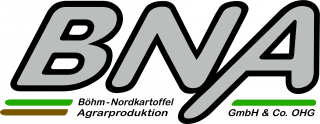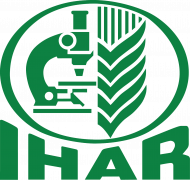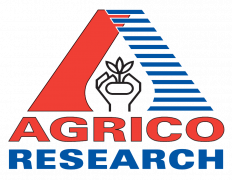Abstract
Irish potato production in Zimbabwe can be traced back to the early 1900s. Large-scale commercial farmers dominated production until the early 2000s. Potato is the most important horticultural crop and has been declared a strategic national food security crop in 2012. In 2000, the Fast Track Land Reform Programme completely restructured commercial agriculture and potato farming. A product of the agrarian reforms, the A2 and A1 resettlement growers, started growing potato. The A1 resettlement model has individually owned cropping land and shared grazing, while A2 resettlement comprises of self-contained farm units. A survey was conducted to characterise potato growers, mainly to understand the current potato production systems and to assess the impact of the landmark reform programme on potato farming. Four production systems, large-scale commercial, communal area, A2 resettlement and A1 resettlement, were identified, and two main growing agro-ecological zones, the Highveld and Eastern Nyanga Highlands. In 1961–2013, significant positive trends for annual planted area, average yield and total production were observed. In terms of yield, Zimbabwe is fourth in southern Africa with an average yield of 17 t ha−1 in the 2009–2013 period. Large-scale commercial and A2 resettlement systems were well-mechanised, and growers owned large land holdings ranging from an average of 165–1600 and 31–390 ha across the different areas, respectively, with average potato areas of 11 and 8 ha, respectively. A1 resettlement and communal area growers owned an average of 4 and 3 ha cropping area, respectively, with average potato areas of 0.4 and 1.1 ha, respectively. Input use was significantly different among the production systems. High synthetic fertiliser and biocide use was observed.




